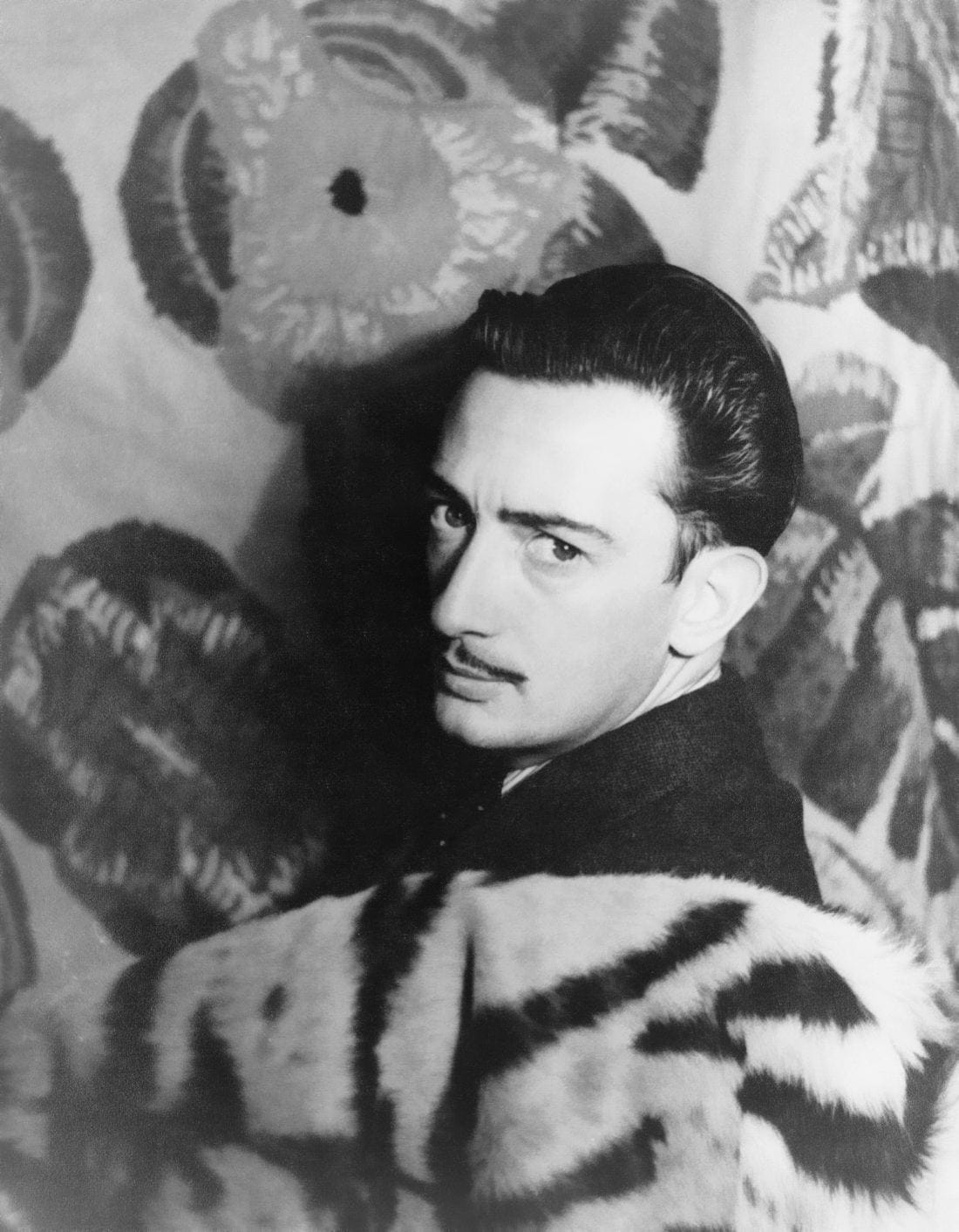Salvador Dalí, a name synonymous with surrealism and artistic innovation, remains a towering figure in the world of art. Born on May 11, 1904, in Figueres, Catalonia, Spain, Dalí’s journey was marked by his unique blend of technical skill, flamboyant personality, and a penchant for the bizarre. This article delves into the life, works, and enduring legacy of Salvador Dalí, whose impact transcends the confines of the canvas.
Early Life and Influences
Childhood in Figueres
Salvador Domingo Felipe Jacinto Dalí Domènech, later known as Salvador Dalí, was born into a middle-class family. His father, a strict disciplinarian and a lawyer, and his mother, who nurtured his artistic talents, played significant roles in shaping his early life. A pivotal moment in Dalí’s childhood was the death of his older brother, also named Salvador, which profoundly impacted him and influenced his later works.
Artistic Beginnings
Dalí’s formal education in arts began at the San Fernando School of Fine Arts in Madrid. Influenced initially by Impressionism and the Renaissance, he soon gravitated towards Cubism and avant-garde movements. It was during this period that Dalí started to develop his distinct style, marked by meticulous draftsmanship and a vivid imagination.
Rise to Prominence
Joining the Surrealists
In the late 1920s, Dalí’s work took a significant turn as he embraced Surrealism, joining the group led by André Breton in 1929. This period saw the creation of some of his most famous works, including “The Persistence of Memory” (1931), known for its melting clocks and dreamlike imagery.
International Recognition and Controversy
Dalí’s move to the United States during the Spanish Civil War and World War II marked a period of commercial success and increasing public attention. However, his flamboyant public persona and sometimes controversial political views often overshadowed his artistic achievements.
Key Themes and Techniques
Exploring the Subconscious
A hallmark of Dalí’s work was his exploration of dreamscapes and the subconscious mind, heavily influenced by Sigmund Freud’s psychoanalytic theories. His paintings often featured bizarre, dream-like imagery that was both fascinating and perplexing.
Mastering Multiple Mediums
While best known for his paintings, Dalí’s repertoire included sculpture, film, photography, and writing. He collaborated with other artists and delved into various forms of creative expression, showcasing his versatility and innovative spirit.
Legacy and Museums
Influencing Future Generations
Dalí’s influence extends beyond Surrealism, impacting pop art and contemporary artists. His unique vision and unapologetic individuality continue to inspire artists and art enthusiasts worldwide.
Dedicated Museums
Two major museums celebrate Dalí’s work: the Dalí Theatre-Museum in his hometown of Figueres and the Salvador Dalí Museum in St. Petersburg, U.S. These institutions serve as testaments to his enduring legacy, housing extensive collections of his work.
Conclusion
Salvador Dalí’s contribution to the art world is immeasurable. His innovative techniques, exploration of the subconscious, and distinct style have cemented his status as a master of Surrealism and a visionary artist. Dalí’s life, filled with artistic triumphs and personal eccentricities, continues to captivate and inspire, ensuring his place in the pantheon of great artists.
Key Takeaways
- Salvador Dalí, born in 1904 in Catalonia, Spain, was a leading figure in Surrealism.
- His early life and education in Madrid set the foundation for his unique artistic style.
- Dalí’s works are characterized by dreamlike imagery and exploration of the subconscious.
- He was known for his technical skill across multiple mediums, including painting, sculpture, and film.
- Dalí’s eccentric personality and controversial views often drew public attention.
- His legacy lives on through major museums and continued influence on contemporary art.





